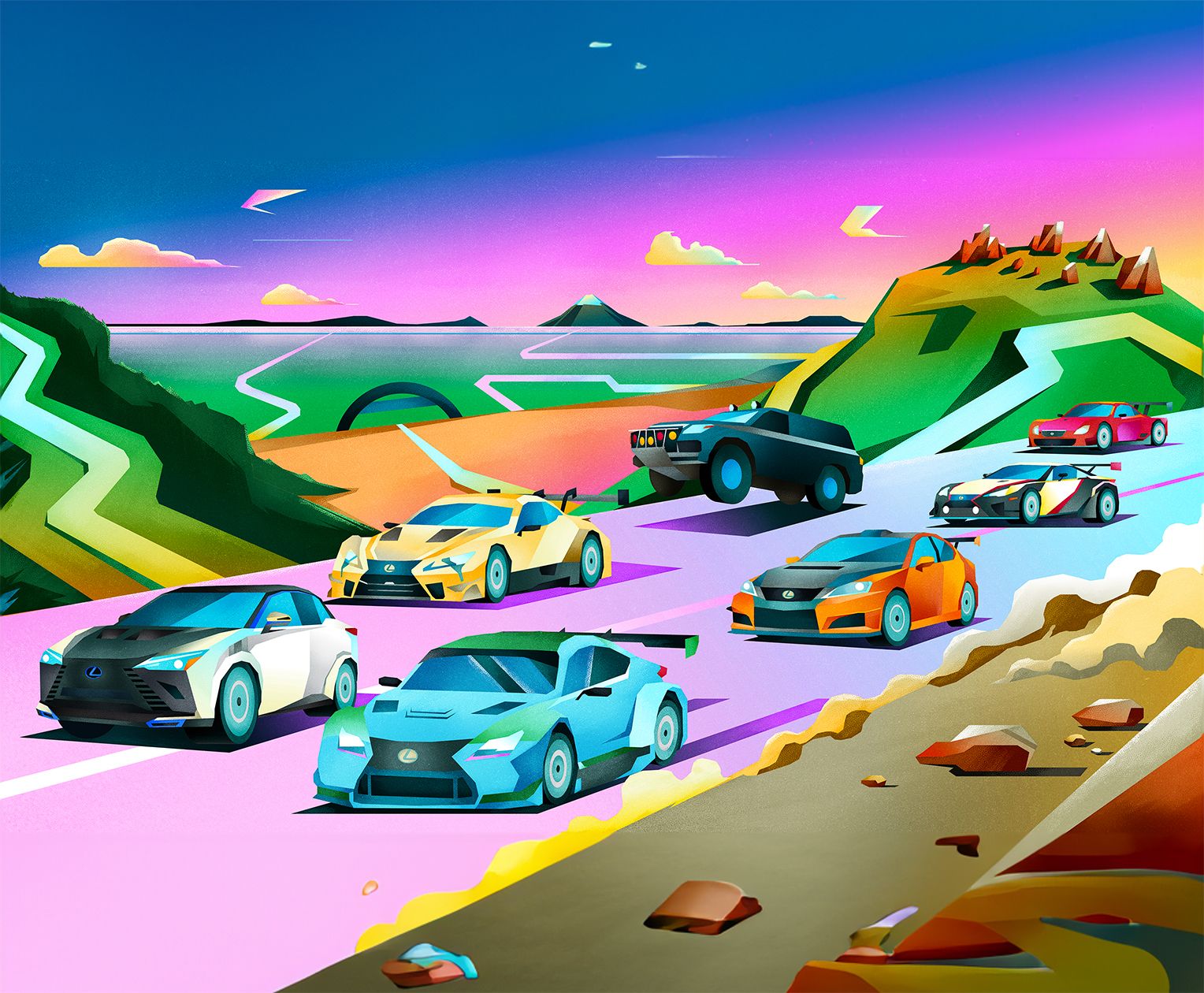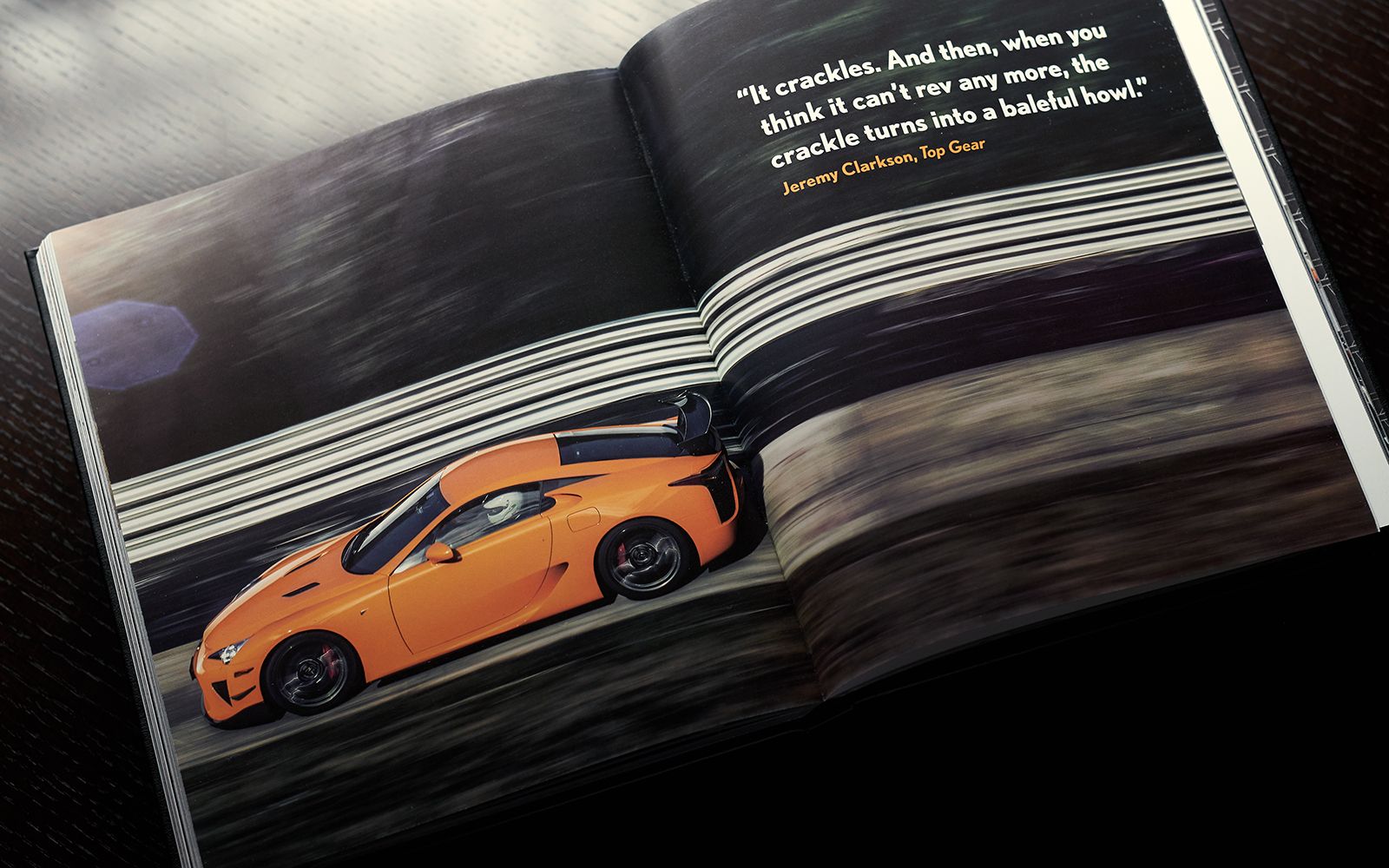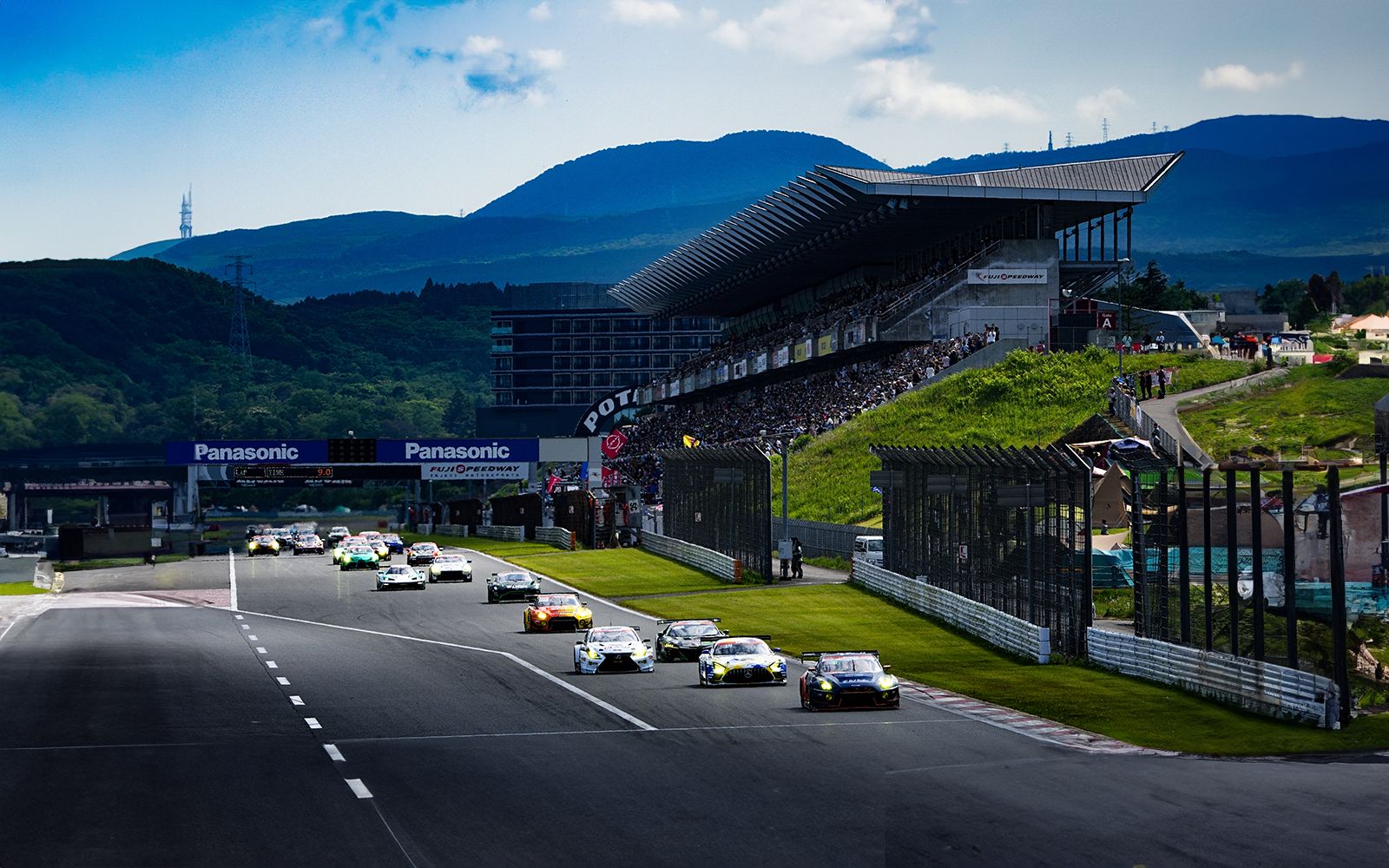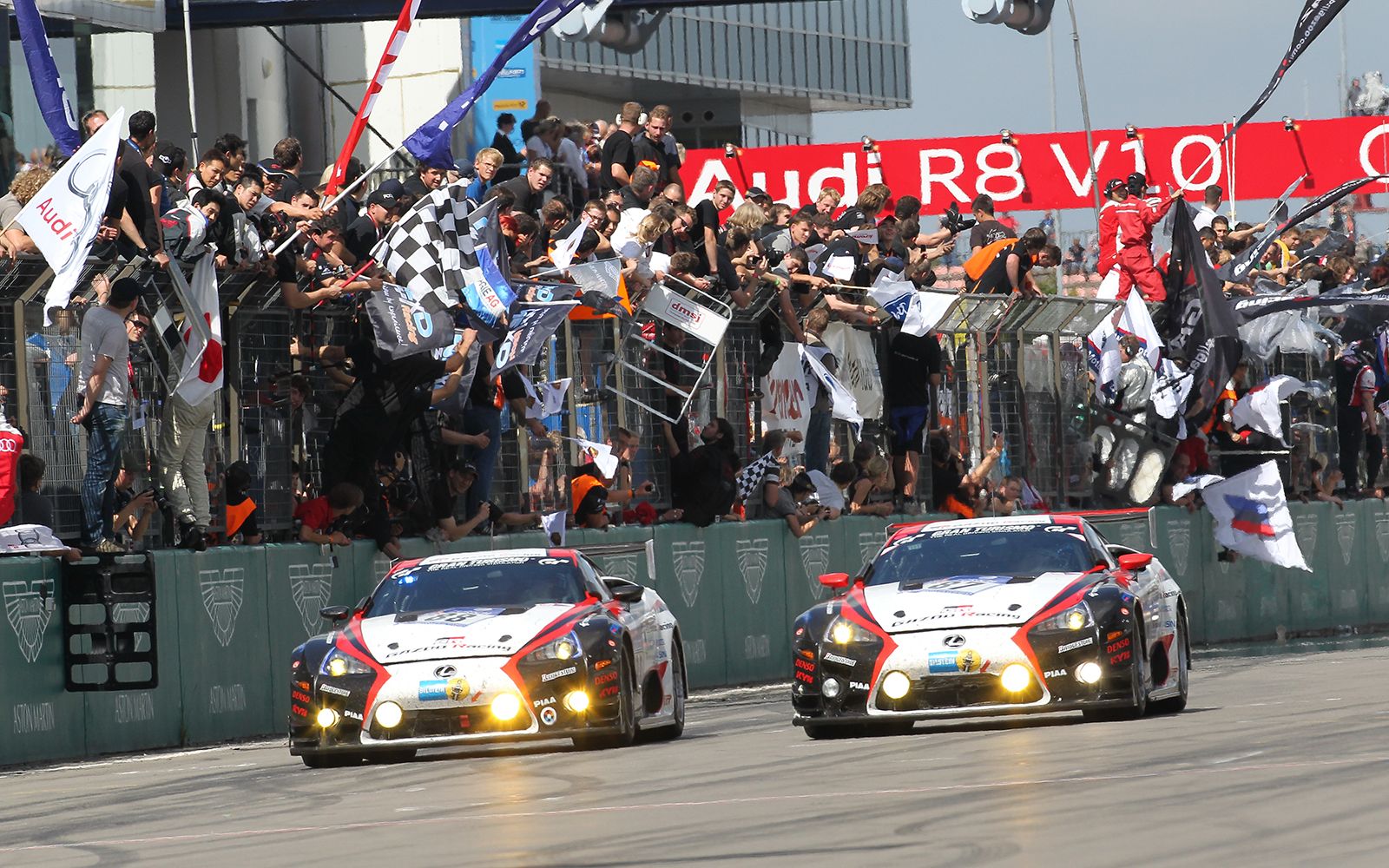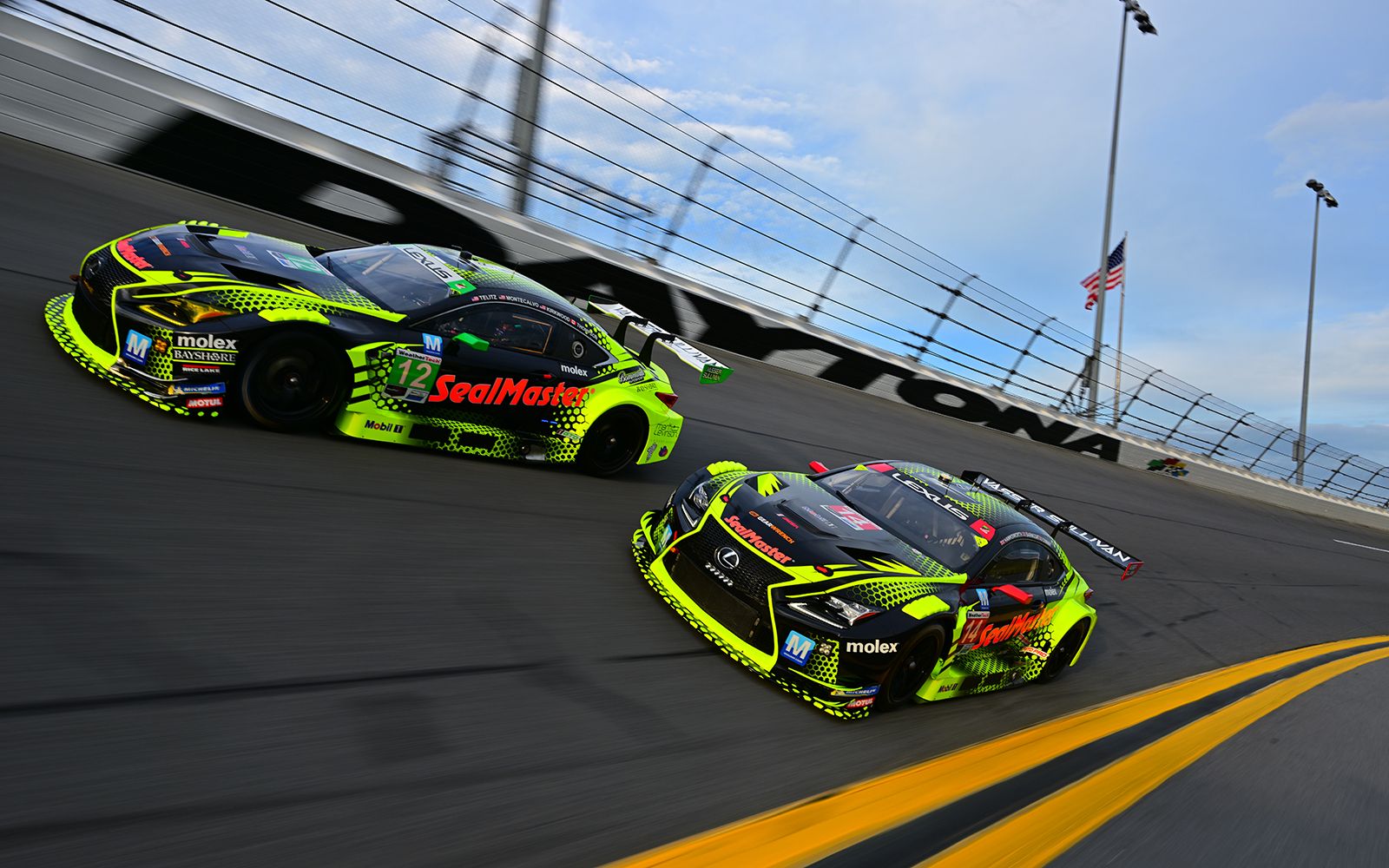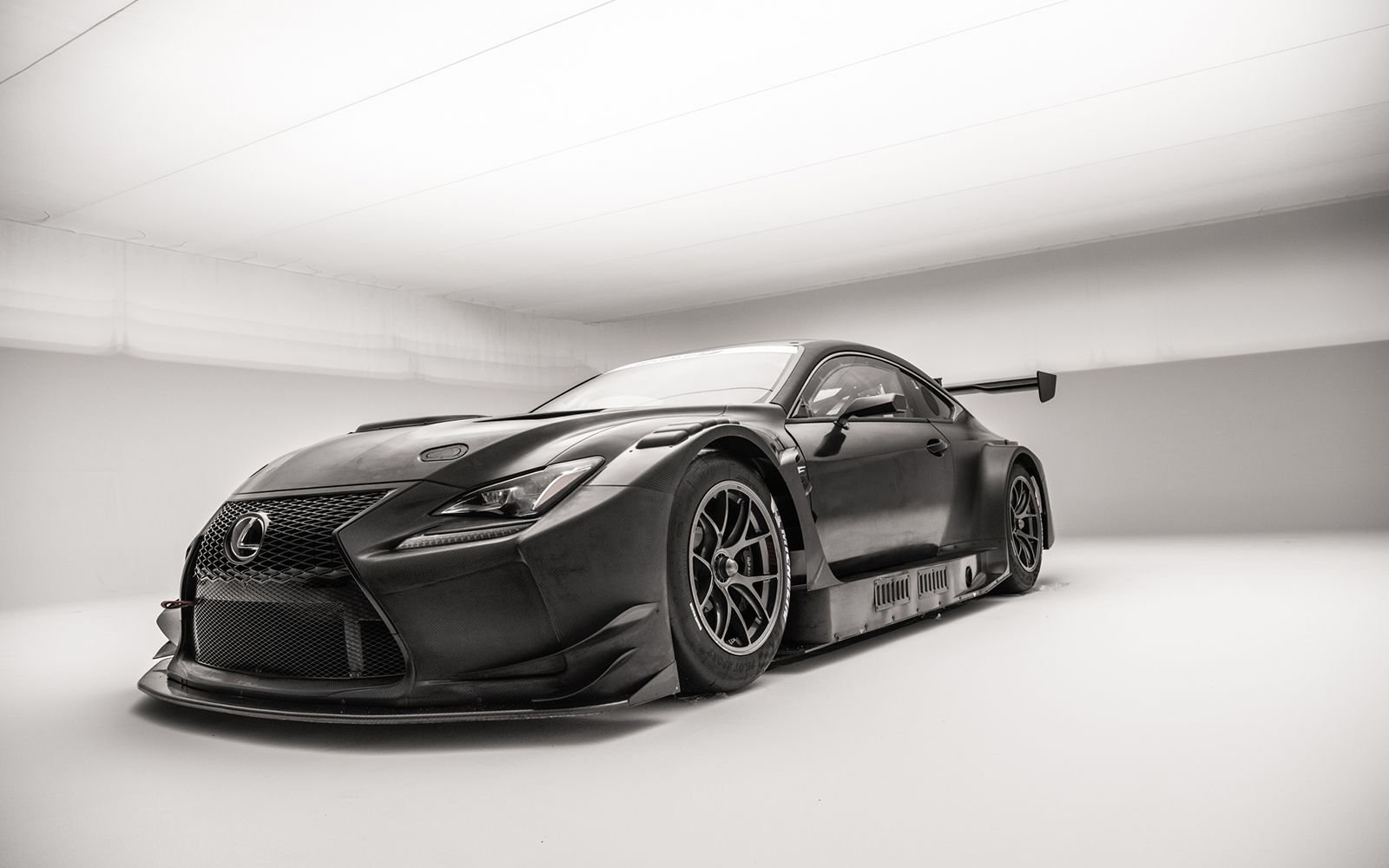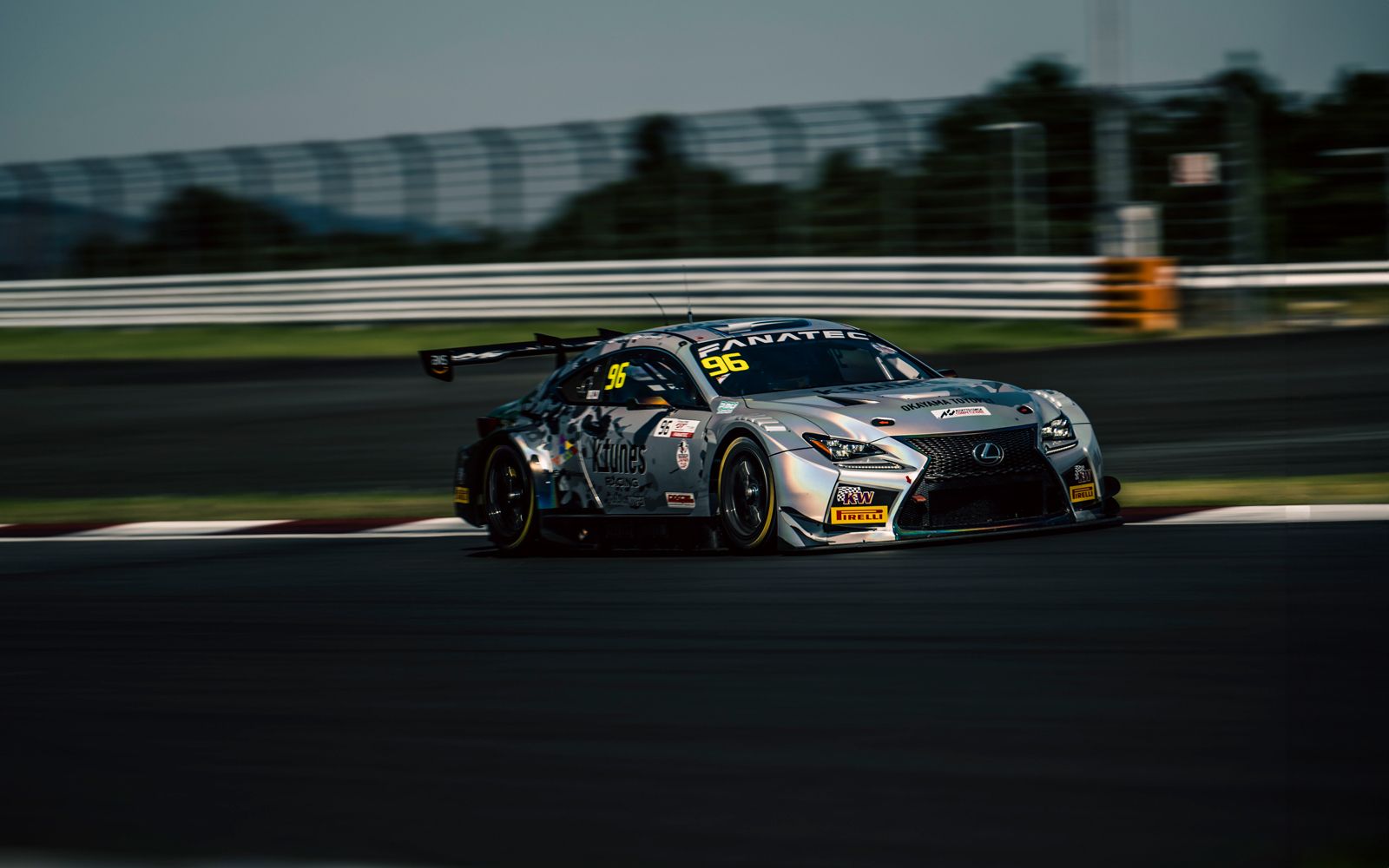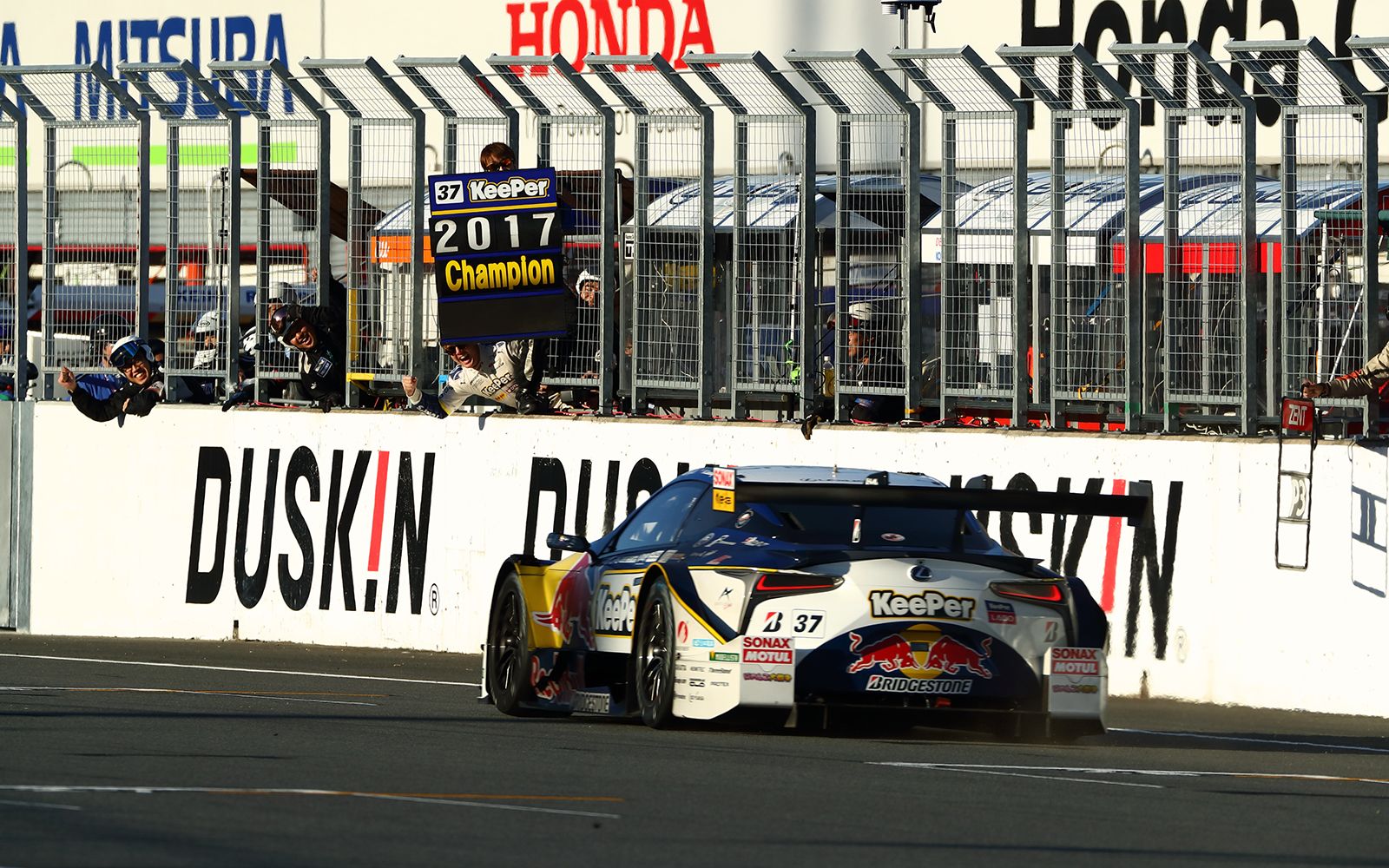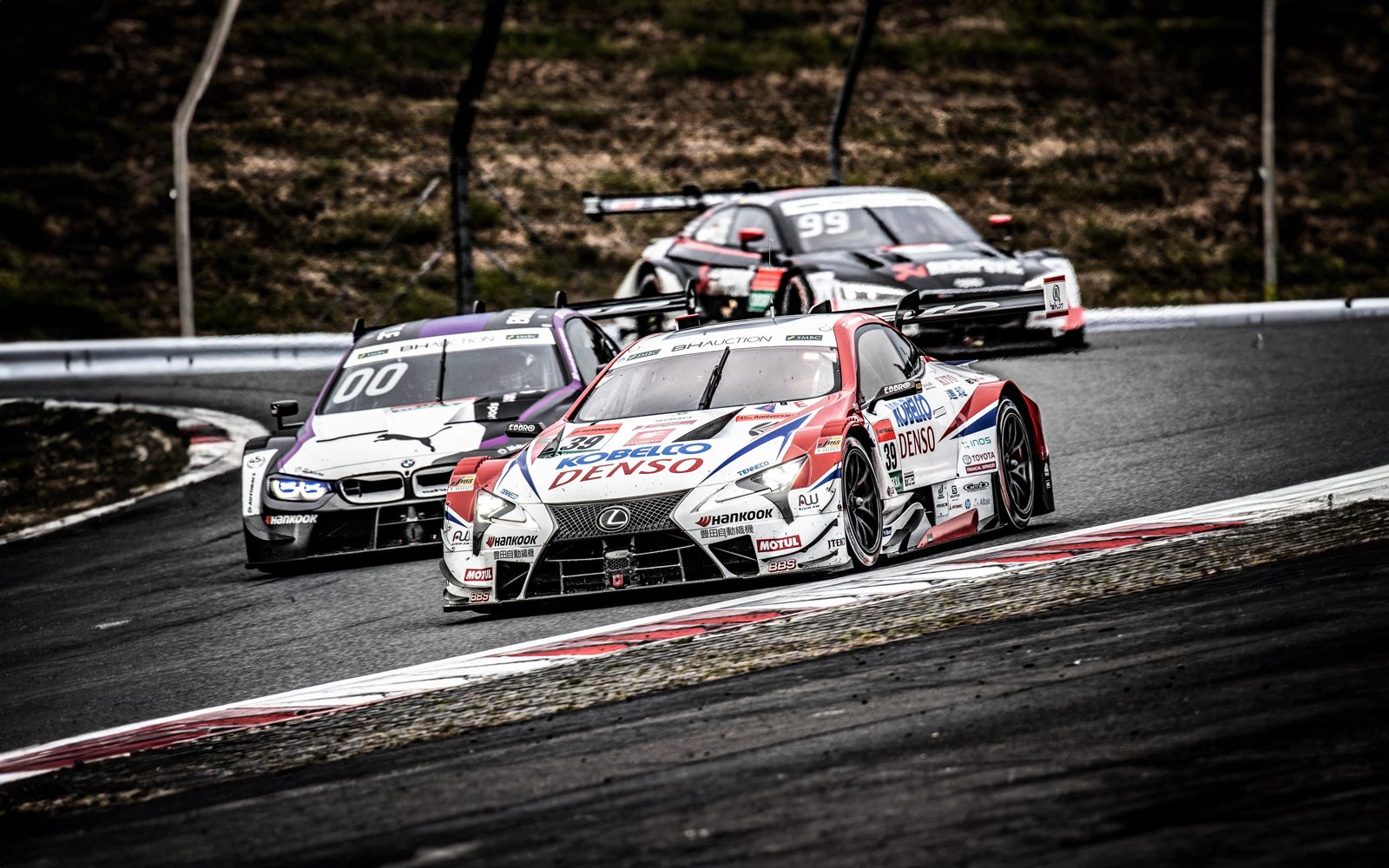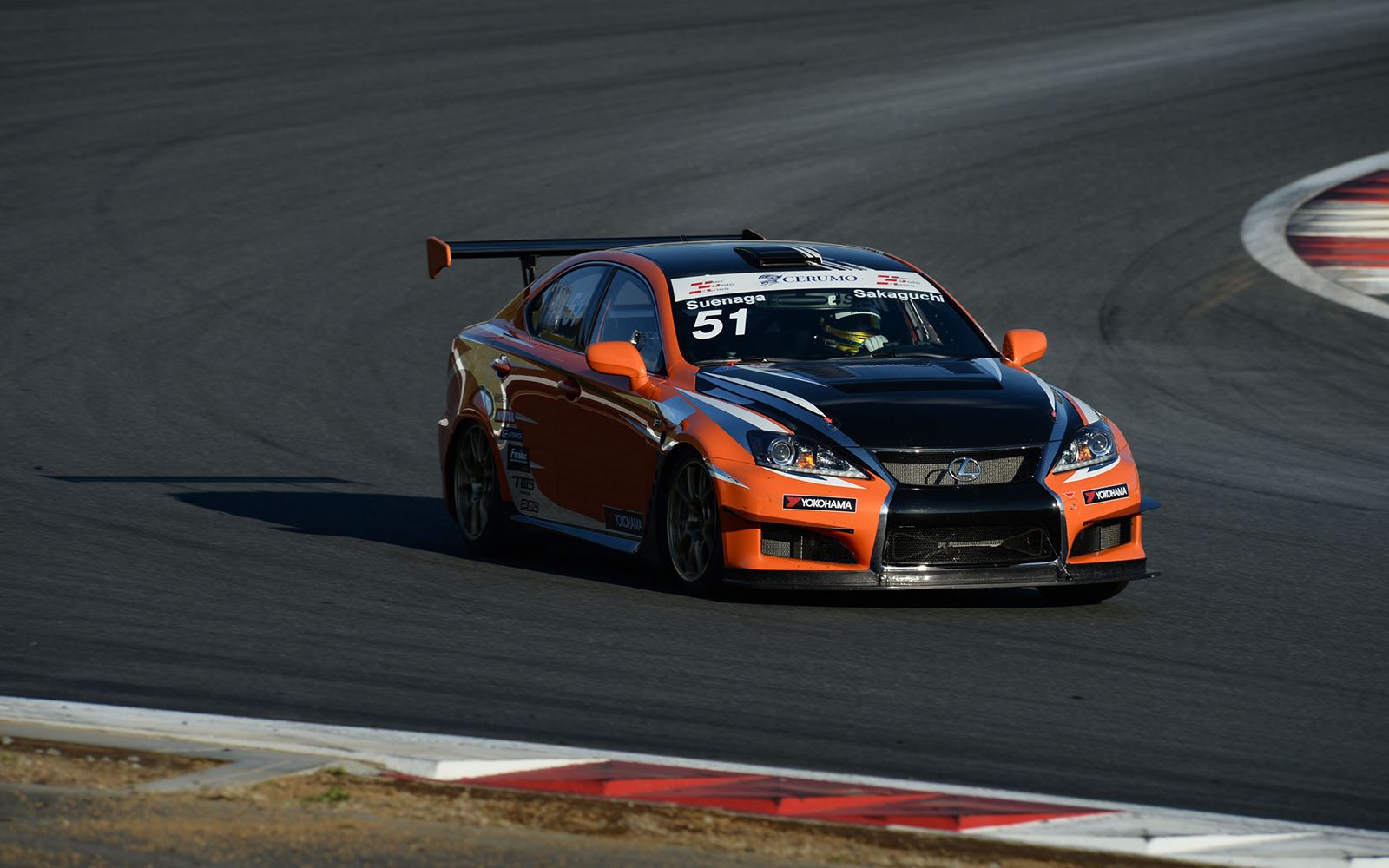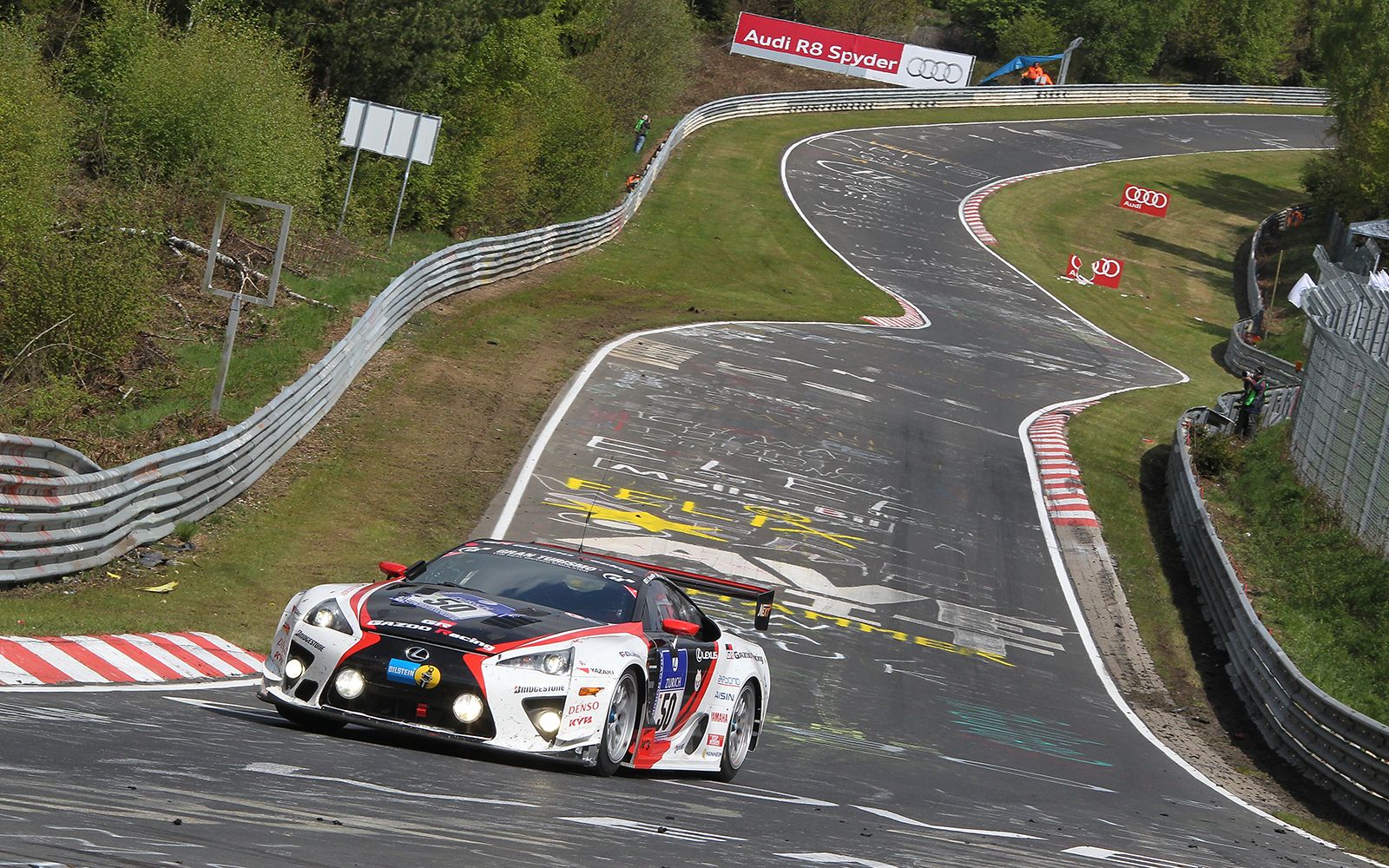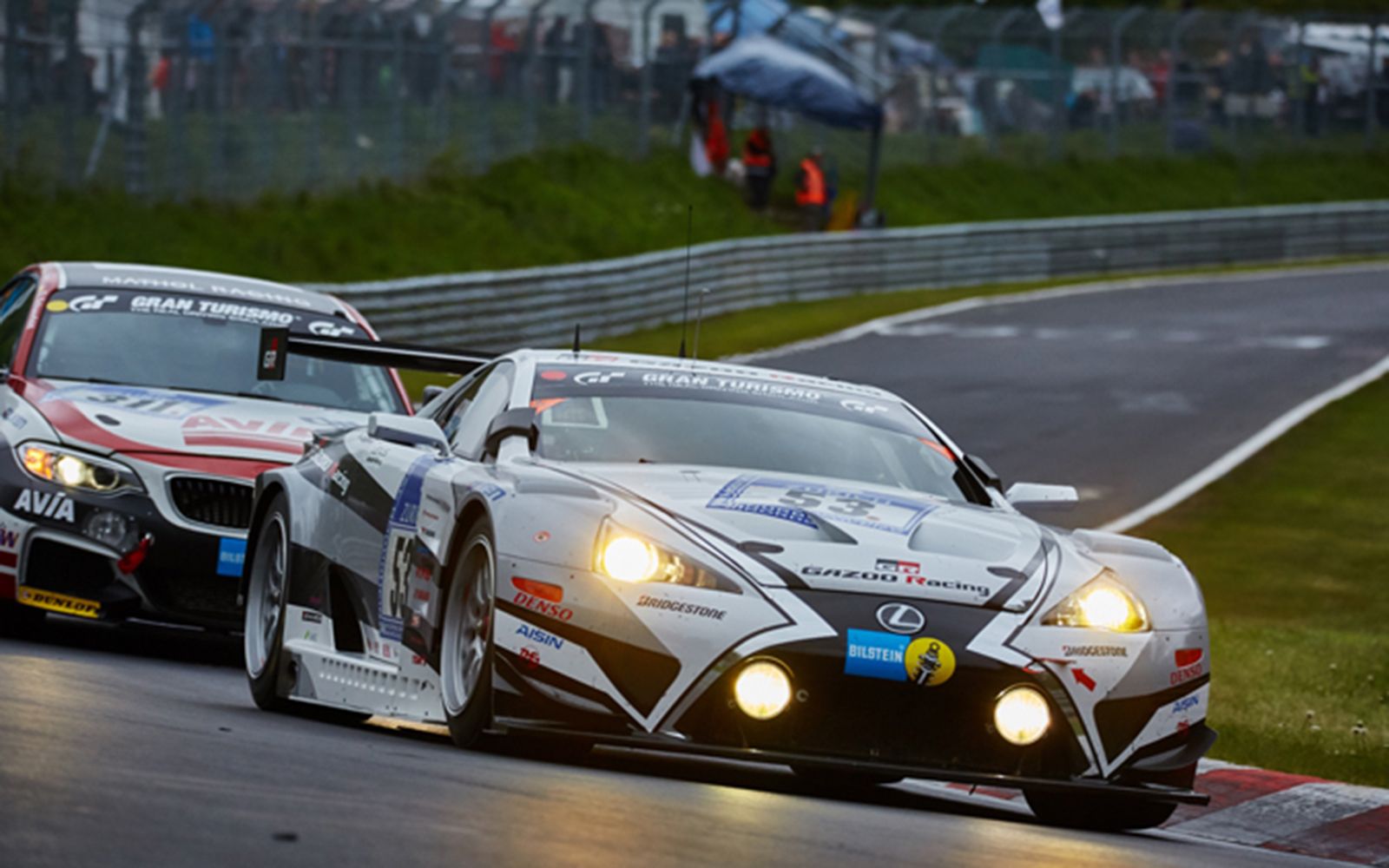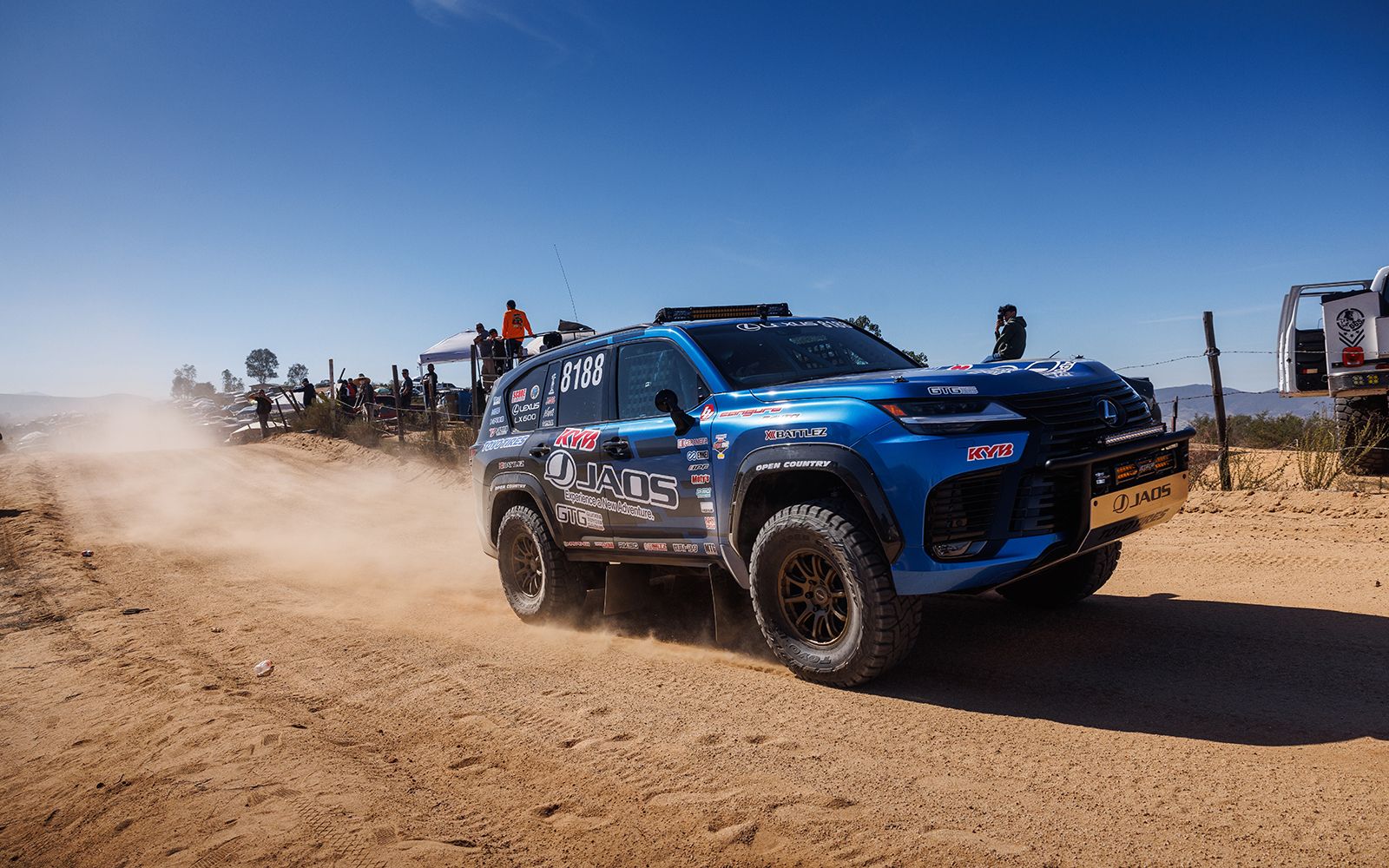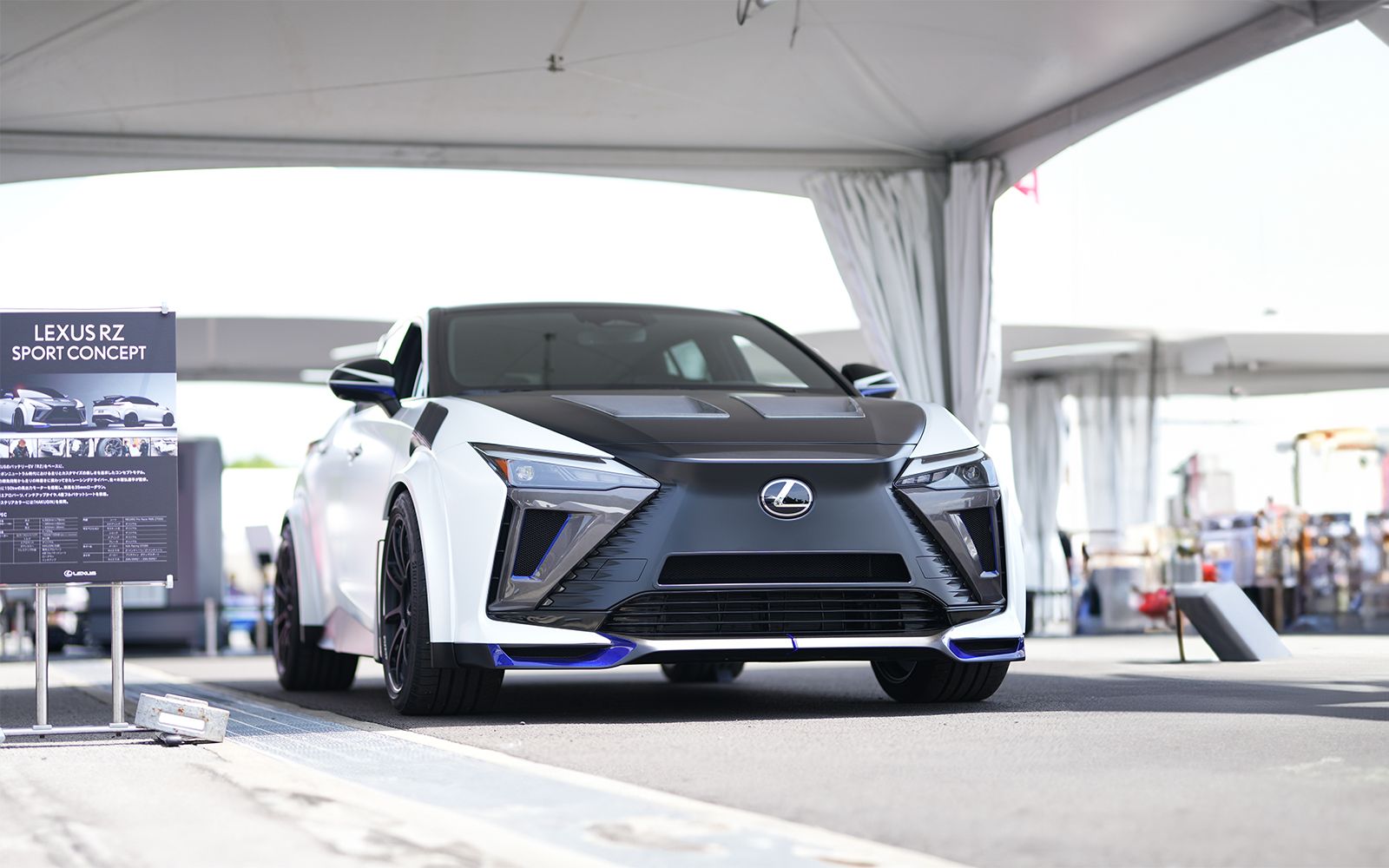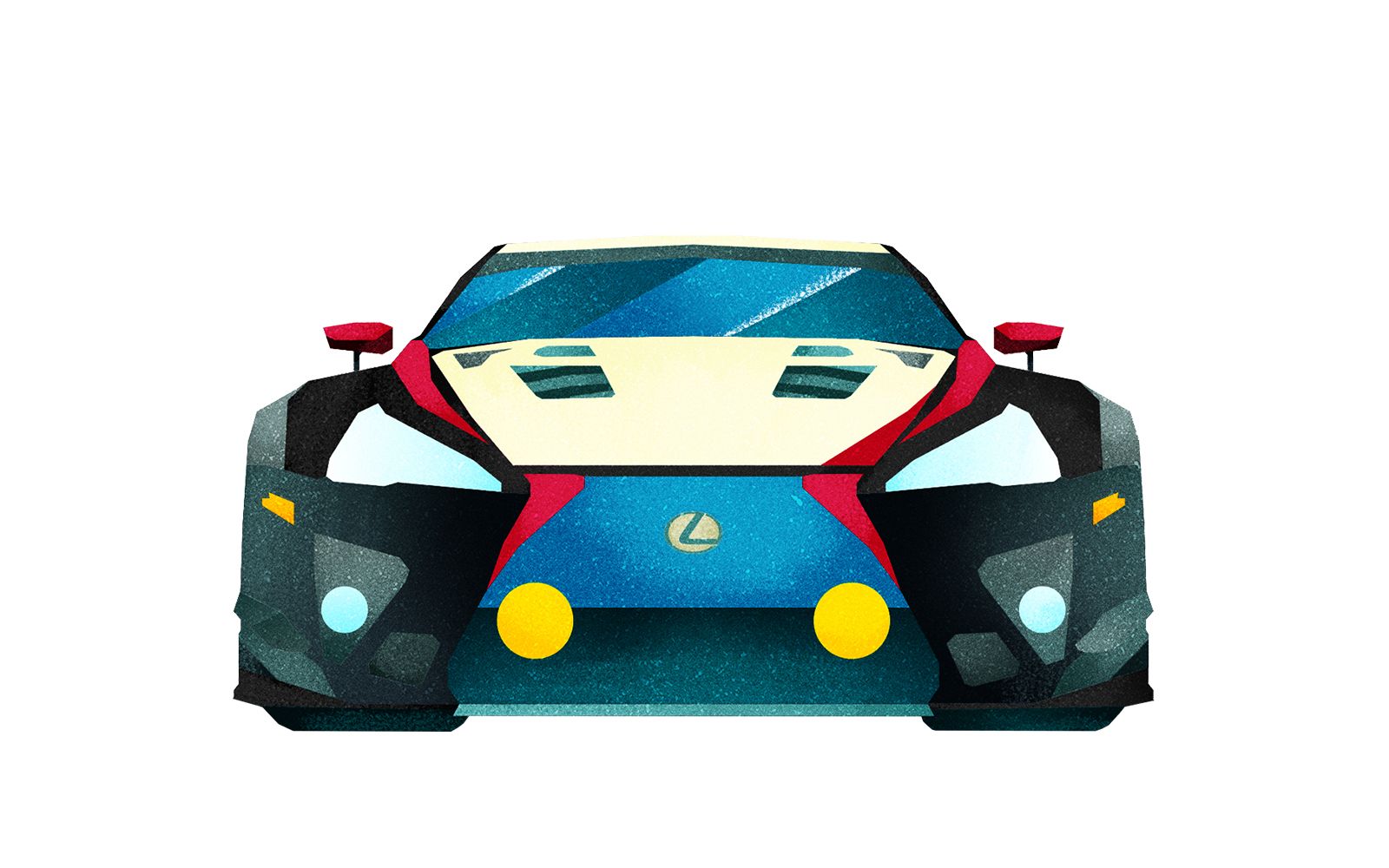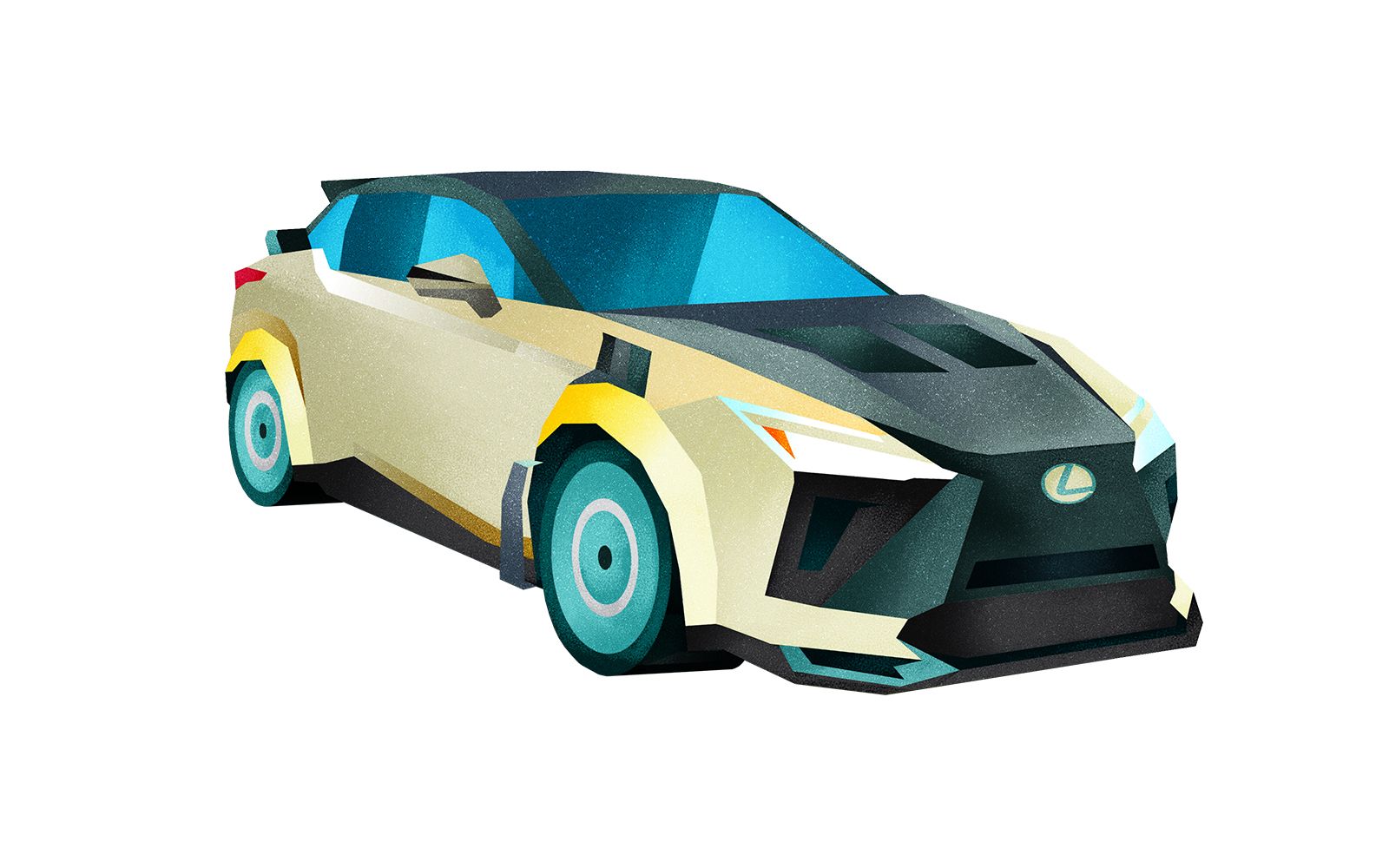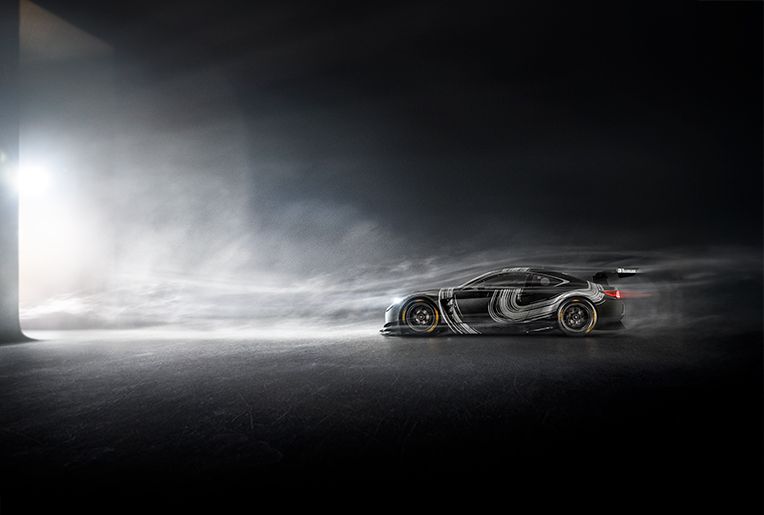What this history tells us is that the motor race—where carmakers compete to see who can push automotive technology the furthest—is an essential laboratory for improving on yesterday’s cars to create the far superior cars of tomorrow. Every day, carmakers test the limits of automotive technology and use what they learn to improve their racecars’ performance on the circuit—and also the performance of the road-going cars driven by the public. This is why the world’s most renowned carmakers are constantly entering their latest models into circuit, off-road, and hill climb races that take place in some of the toughest driving environments.
- GR GT, GR GT3, and Lexus LFA Concept World Premiere
Born from the powerful vision and strong passion of Master Driver Morizo, this new era is defined by three exceptional models: the GR GT, the GR GT3, and the Lexus LFA Concept.
- Lexus Electrified: A Bold New Direction
Since 2005, Lexus has been at the forefront of pioneering electrification in the luxury market.

